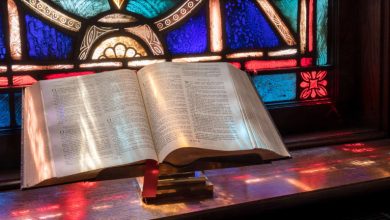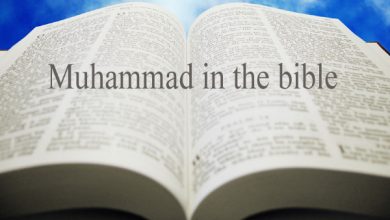Authoritative Publications by the Mormon Church
Authoritative Publications by the Mormon Church
There are many publications a person could read to ascertain the teachings of the Mormon Church. They include the canonized scriptures (Book of Mormon, Doctrine and Covenants, Pearl of Great Price, King James Version of the Bible ) 6 and official sermons and talks by the President and other top leaders as found in official Church teaching manuals, books, magazines, and newspapers and in privately published newspapers, books, and papers.
Most of the books are printed by the Mormon Church’s publishing house, Deseret Book Company, or by private companies such as Bookcraft, Incorporated, of Salt Lake City. A wide range of materials is available from a wide range of sources. Pamphlets, tracts, audiotapes, and videos are usually directed at nonmembers and therefore do not get into deep Mormon doctrine. It is not possible to rank these publications in rigid order from most authoritative to least authoritative, but the above list does present them in that order in a general way.
Elder Boyd K. Packer of the Quorum of the Twelve Apostles, in speaking about the all-important Mormon priesthood, seemed to express the same ideas when he said:
There are some things about the priesthood that every elder should know if he is to understand how the Church is governed.… There are principles and precepts and rules which are often overlooked and seldom taught. Some of these are found in the scriptures, others in the handbooks. Some of them are not found in either. They are found in the Church. You might call them traditions, but they are more than that. They are revelations which came when the Brethren of the past assembled themselves, agreed upon His word, and offered their prayers of faith. (“What Every Elder Should Know—and Every Sister as Well,” Ensign, February 1993, p. 7)
The problem of determining the official position of the LDS Church on a given subject is exacerbated by the fact that the Mormon scriptures, the standard works, while sometimes described as the only source of doctrine, in many cases do not clearly present many of the unique Mormon teachings; in fact, there are instances where they teach just the opposite.
For example, the Book of Mormon says nothing about the vicarious work for the dead carried on in Mormon temples; rather, it clearly teaches that salvation can be attained in this life only. There is also nothing on eternal progression, the potential of men to progress to become Gods. Nor does it teach anything about God the Father having once been a man capable of physical death; rather, it teaches that God is from all eternity to all eternity.
You cannot get any idea of the scope and importance of polygamy just by reading Doctrine and Covenants Section 132. But these ideas are presented very clearly in teaching manuals published and copyrighted by the Mormon Church and in talks by top leaders. Teaching manuals are in fact the best documents to use in determining official teachings even though ostensibly they are not the top authority.
We think they are among the best sources because (1) such manuals many times explicitly spell out doctrines more clearly than LDS scriptures; (2) in most cases they are published by the Mormon Church and copyrighted by the Corporation of the President of the Church of Jesus Christ of Latter-day Saints; and (3) Mormons cannot deny that these books truly teach Mormon doctrine without opening the Mormon Church to the criticism of selling useless books.
Further confounding this issue are the assertions by Mormon Church Presidents that the President of the Church must be obeyed, even if wrong. (See our discussion of Mormon standards for following the top Mormon leaders in chapter 4.) Even Doctrine and Covenants 21:4–5 seems to support this idea: “ … thou shalt give heed unto all his [the Prophet’s] words and commandments which he shall give … as if from my [Jesus Christ’s] own mouth.… ”
Many collections of sermons and talks by top Mormon leaders have been published, including teachings by most of the Church Presidents. In addition, the largest collection of talks by early top leaders can be found in the twenty-six-volume Journal of Discourses. Started by the authority of Brigham Young in 1855, this collection covers the years from 1844 to 1886.
Key individuals and published works quoted herein are listed and discussed in Appendixes 1 and 2. It should be noted that the majority of the publications referenced are published and copyrighted by the Corporation of the President of the Church of Jesus Christ of Latter-day Saints, or are published under the sponsorship of the Mormon Church (like the periodicals and the Journal of Discourses), or consist of sermons and writings of presidents.
6 6. Appendix 1 under “Scriptures” contains a brief description of these.
Farkas, J. R., & Reed, D., A. (1997, c1995). Mormonism : Changes, contradictions, and errors (electronic ed.) (28). Grand Rapids: Baker Book House.


